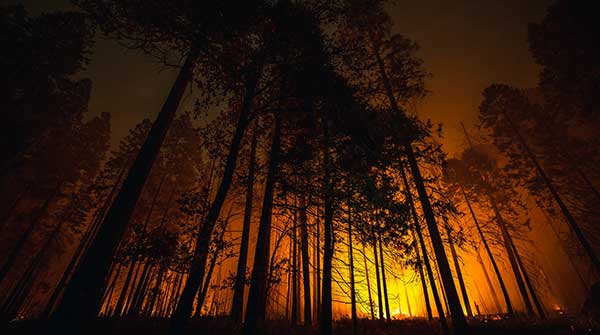 Understanding what went wrong at London’s Grenfell Tower, where as many as 80 people perished in a devastating fire on June 14, will require a wide-ranging, informed investigation that examines systems and takes into account all pertinent social, economic and political factors.
Understanding what went wrong at London’s Grenfell Tower, where as many as 80 people perished in a devastating fire on June 14, will require a wide-ranging, informed investigation that examines systems and takes into account all pertinent social, economic and political factors.
Prime Minister Theresa May announced a public inquiry into the fire on June 15 and apologized in the House of Commons on June 21 for local and central governments’ inadequate response to the disaster.
But given the scale of the problem and mounting public concern (on June 23, the London Borough of Camden began evacuating other tower blocks that used dangerous cladding as well as other defects and by the evening of June 25, 60 tower blocks across the U.K. had failed fire safety tests, with tests on other tower blocks ongoing), it’s important that the planned public inquiry into the Grenfell Tower disaster issue an interim report as soon as possible.
The investigation will need to examine the impact of successive governments’ deregulation and cost-cutting agendas on health and safety standards and the capacity of agencies to enforce those standards. The fire was caused in part because of the use of combustible exterior cladding.
Unfortunately, history demonstrates a link between a public inquiry’s impact and its terms of reference. The narrower the terms, the more likely it is that the precursors to disaster will be overlooked.
History also demonstrates that the powerful are not above gerrymandering terms of reference to deliver verdicts advantageous to themselves.
For example, following Canada’s 1989 Dryden, Ont., air disaster, a judge-led commission of inquiry was convened. In 1995, Justice Virgil P. Moshansky described how those with vested interests had attempted to undermine his investigation: “Counsel for the regulator attempted to limit the scope of the inquiry with threats to limit my mandate by seeking an order in the federal court,” according to the 1995 book Beyond Aviation Human Factors.
Moshansky stood his ground. Three years later, he produced a watershed analysis that implicated Canada’s entire aviation system, including the government, regulator and airline industry, in the disaster.
The lessons?
- In the aftermath of disaster, those with something to lose may resort to underhand tactics.
- Public-spirited officials can make a difference. Moshansky’s report is regarded as a model for those tasked with investigating aviation incidents and accidents, both civilian and military. Indeed, many see it as a model for the investigation of incidents and accidents in any complex socio-technical system, from marine transportation to nuclear power generation.
British public inquiries also have a checkered history.
While the report into the Piper Alpha oil and gas platform disaster of July 1988 was released in November of 1990, following 180 days of proceedings, and led to numerous positive impacts, including the Offshore Installations (Safety Case) Regulations 1992, the Chilcot Inquiry into the Iraq War took seven years to publish its report.
Chilcot’s conclusions were contained in 12 volumes that ran to 2.6 million words – three times the number of words contained in the complete works of William Shakespeare. The families and friends of the 179 British service personnel who lost their lives in the Iraq War had to wait a long time to get the answers they craved.
The Grenfell Tower disaster has shocked the world. On the night of the disaster, several TV journalists asked “How can such a thing happen in Britain in 2017?”
The U.K. government owes the relatives and friends of the deceased and injured real answers to that question. And that will require a thorough examination of the facts. Quick and effective remediations should follow.
Dr. Simon A. Bennett is the director of the Civil Safety and Security Unit at the University of Leicester, in the United Kingdom.
Simon is a Troy Media contributor. Why aren’t you?
The views, opinions and positions expressed by columnists and contributors are the author’s alone. They do not inherently or expressly reflect the views, opinions and/or positions of our publication.


